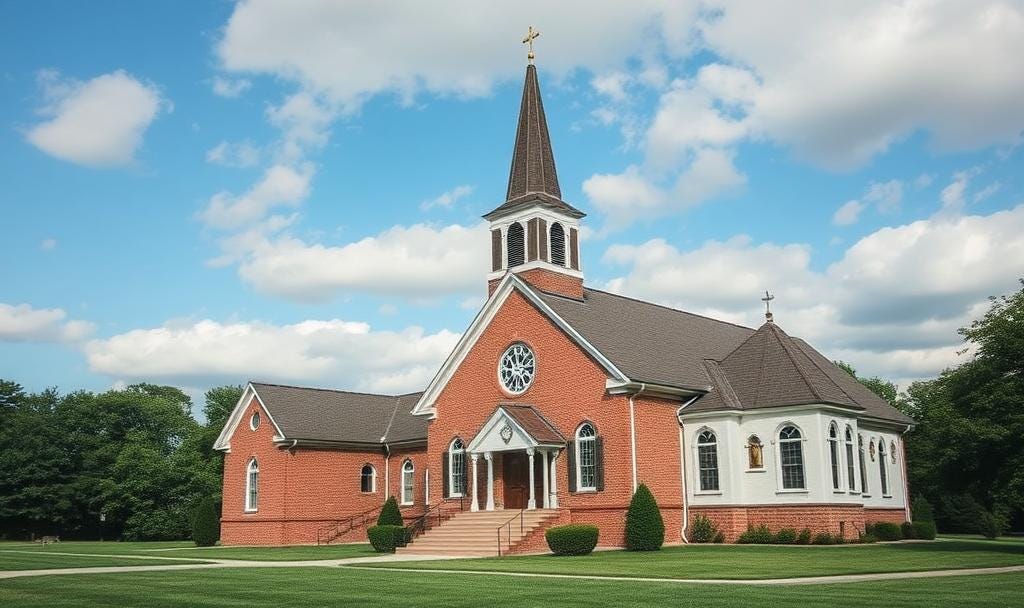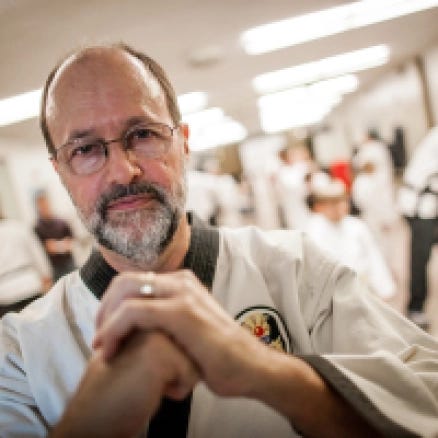The United States is a fairly ‘open’ society. By that I mean people can easily travel from town to town, state to state, without being stopped by law enforcement to check ‘travel’ papers or ‘passports’ from one place to the other. Because of our emphasis on law and order and being open and welcoming toward others, we are a country filled with ‘soft targets.’ Unfortunately, our society has many people who are unhinged mentally or have a specific violent agenda against certain aspects of society. Those are the people we need to be ready to deal with quickly and effectively before more people are killed and injured.
A ‘soft target’ is a place with little or no hardened security (e.g. schools, churches, stores, malls, restaurants, community centers, neighborhoods, etc.). I first learned about how to ‘harden’ a soft target area during my years as a martial arts instructor. I based the ‘hardening’ process on the simple concept of ‘situational awareness.’ I addressed that briefly in a recent article titled, “Three B’s in Women’s Self Defense.” However, my emphasis in that and other articles about individual self defense did not address how to protect buildings where people gather.
I’d like to share some basics that I’ve taught to pastors, elders, deacons, business owners and managers, school principals and teachers, and others who are responsible for the safety of people in their buildings. If you’d like more detailed information about this process, please leave a note in the Comment section below and I’ll respond.
Hardening and Welcoming
I don’t recommend that we harden soft targets to the point that we appear to be military installations. I have trained officers and enlisted personnel, but that is not my purpose here. There are ways we can harden soft targets while keeping them ‘open and welcoming’ at the same time.
Recent deadly attacks in the United States at churches, synagogues, schools, college campuses, restaurants, stores, and other ‘open’ places remind us that we are not dealing with ‘theoretical’ situations. Scores of people have been killed or injured in the last several years in ‘soft target’ locations. This really is a life and death discussion.
Here’s an example of how I have trained church and school leaders to develop a safe environment for their members, students, and visitors.
Develop a ‘layered’ plan for hardening your soft target. When I train church leaders, we first look at a drawing of the church property. That includes every entrance from every street and alley that leads onto church property. The church parking lot is the first ‘layer’ of defense. Watch for any vehicle, or person getting out of a vehicle, that appears ‘suspicious.’ That doesn’t mean not letting them approach the church. It’s just the first step in identifying ‘potential threats.’ This includes training several people (depending on the size of the parking areas) in what to watch for and how to respond to any identified threats. Narrowing unlocked entrance points helps greatly in this situation. You can delay a ‘bad player’ from entering through a locked door, plus it also reduces the number of ‘watchers’ needed in the parking lot areas. Also, think about areas of the church building that may not have a parking area, but do have doors. Sidewalks often lead to those doors. Keep the doors locked. If an attacker can gain entry through a door or window in the back of a church, they can work their way into populated areas of the building. I recommend having a trained and ‘armed’ protectors walking around the building before, during, and after church or school meetings to look for broken windows, unlocked doors, or other ways a potential attacker might have access to the building. Many larger churches hire police officers to direct traffic and park their cars in prominent places in parking lots. That can acts as a deterrent to someone looking for a soft target to attack. Smaller churches may not be able to afford to hire an officer, but they may have a member of the church who serves in law enforcement and is allowed to drive their police vehicle to church services. Also think about night services or classes. Investing in good lighting around the building(s) can be a deterrence to an attacker and also help ‘watchers’ see people more clearly when it’s dark outside. Clear sight lines are also helpful for ‘watchers.’ Look around your building(s) and see if any bushes should be cleared or signs moved to better locations. Don’t help an attacker by giving them a place they can hide behind and not be seen by ‘watchers’ or other members of the protective team.
Develop a method of quick communication between ‘watchers’ in the parking lot to a ‘command center’ inside the church. I do not recommend that ‘watchers’ confront people in the parking lot unless they are well trained in defense tactics. The command center usually includes hired security guards, police officers, etc., who can respond with weapons if necessary. Again, we want to be welcoming but cautious in the current atmosphere. Many deacons and elders are law enforcement officers or current or former military. One of the first questions I ask in developing a layered strategy is what kind of training leaders have had and who have ‘concealed carry’ permits. I often recommend those people for entry areas of churches and schools so that an attacker cannot get into auditoriums, classrooms, or cafeterias. ‘Quick communication’ devices can include two-way radios, cell phones, ‘panic buttons’ (all-call alert system), group texts, and other technologies. Watchers can approach people in parking lots in a friendly and welcoming way (keeping situational awareness in mind). Getting close to people in that framework should not alert a potential attacker, but give the ‘watcher’ the opportunity to assess any threat possibilities. However, instead of confronting the person in the parking lot the watcher should radio the command center inside the church giving them a good description of the person and why they are suspicious.
If an attacker should get inside a church or school building, they have entered ‘layer #2.’ Leaders should have plans for securing rooms (large and small) from easy entrance. Having someone at unlocked entrances welcoming people and handing out information flyers can be a ‘friction’ point, meaning that process slows an attacker from getting into another room. Slowing an attacker by just a few seconds may give trained personnel in entry areas or hallways enough time to respond. If an attacker does get through these ‘friction’ points, trained staff members should have radios or panic-style communication devices that can lead to a building-wide lockdown.
Teachers should be trained how to ‘harden’ their classrooms. That includes training students how to respond to an attacker in the building. Teachers and students should know how to lock classroom doors, secure them with furniture, cabinets, or other heavy items, and then where to go in the classroom to stay away from windows and potential gunfire. Attackers usually want to kill as many people as quickly as they can, so they’re looking for ‘easy access’ points. Your job is to harden those points to make a mass shooting event at your church or school more difficult for the attacker (or attackers).
Staff members also need training in how to administer first aid and control of bleeding. Every inside area of a church or school should have first aid kits available. CPR and basic hemorrhage control is also good to know.
Practice a variety of attack scenarios. That’s an important aspect of leader and staff training. Experienced trainers should be able to guide participants through a wide variety of predictable and possible scenarios. Trainers should also be able to answer questions that participants have that may seem unusual, as in not previously asked before. The fact that a trainee thinks of something that could happen means it very well could happen, even if it’s never happened before. A good trainer will be able to think on their feet and develop a plan that makes sense and is workable.
I recommend that pastors and lay leaders let members of their congregations know what to do in the event of an ‘active shooter’ situation. They may want to do this at a special Sunday evening or weekday evening meeting rather than during the primary Sunday morning worship service. Once the members know that the church has taken steps to ‘harden’ the soft target of the church property and how to respond appropriately to an ‘attack,’ church leaders can determine if they want to let guests also know that they are under the ‘protection’ of a plan to minimize the potential for an attack.
For More Information
I want to keep this article short, so I’ll stop here. If you or your organization would like more information or have questions, please let me know in the Comment section below. If you would like some ideas about how to establish an ‘emergency response’ plan, I’ll be glad to share that with you as well.
How Do I Subscribe To A ‘Section’ On Substack?
If you’re a new subscriber to a publication on Substack, you’ll receive all sections by default.
If you’re already a subscriber and the writer has created a new section or sections, you’ll need to subscribe to them in order to receive a new email newsletter or see a post in your app Inbox.
I am here to help you, so please share your comments, concerns, and questions about self defense. Even though I’m emphasizing “Women’s” self defense, the principles and techniques I’ll share are just as applicable for boys and men.
You can be attacked anywhere, at anytime, by anyone. Be ready.



